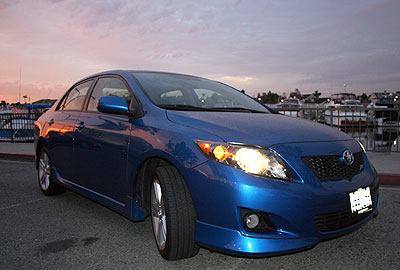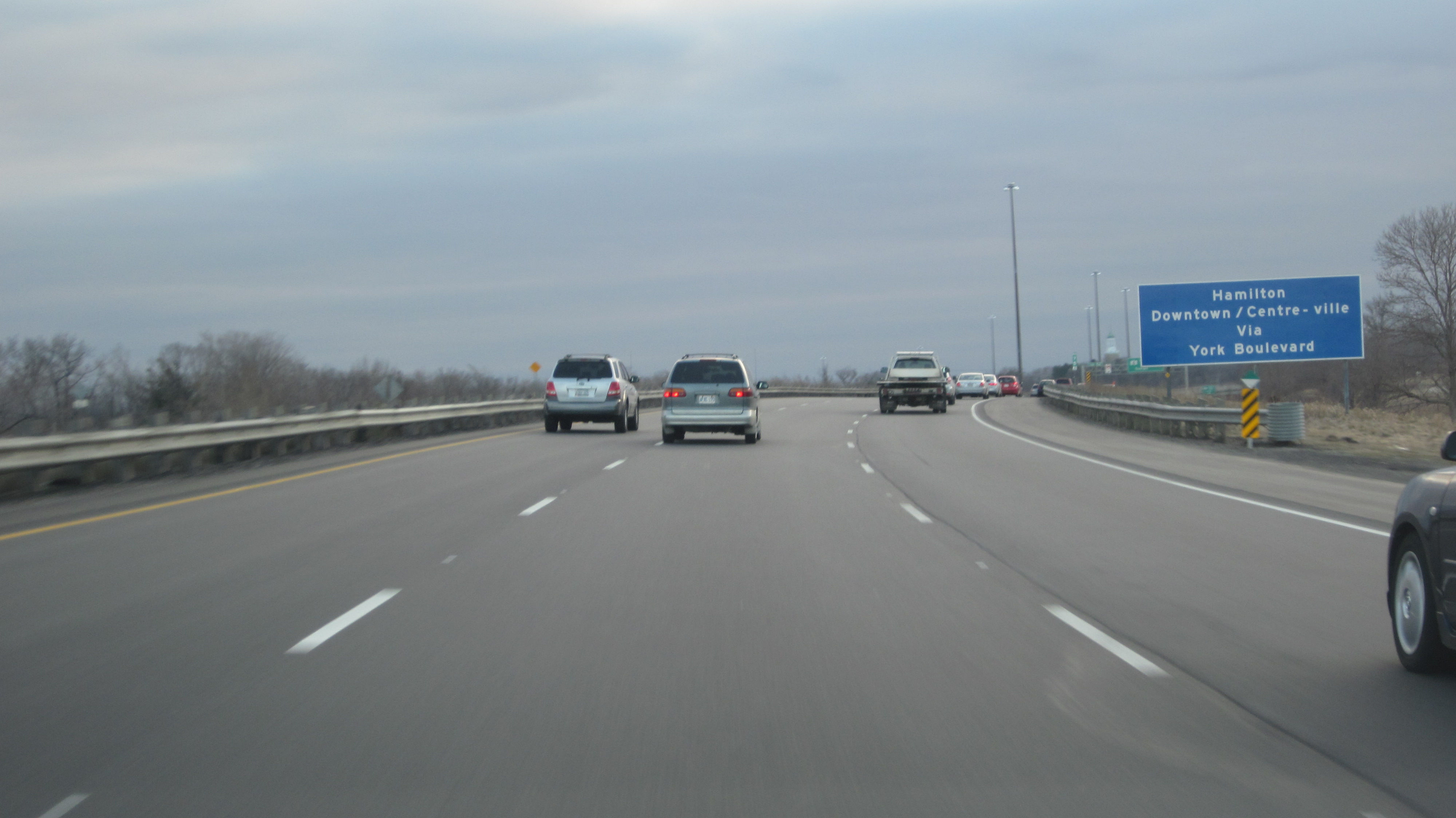Hips don’t lie…and neither do wheels
 I try to live my life in a proactive manner. You know, buying things before I need them, preparing for the worst before the worst happens. I do my best, but sometimes that doesn’t always happen. I take driving the same way. Why wait until the last moment to do something you know you should be doing sooner? Do you procrastinate while driving or are you the type of person who gets the jump on things?
I try to live my life in a proactive manner. You know, buying things before I need them, preparing for the worst before the worst happens. I do my best, but sometimes that doesn’t always happen. I take driving the same way. Why wait until the last moment to do something you know you should be doing sooner? Do you procrastinate while driving or are you the type of person who gets the jump on things?
One of the things that can help drivers respond early to other drivers is knowing the direction and movement of other drivers well before they really get moving. Getting those extra few seconds to respond to someone who is turning toward you, moving into your lane or pulling out in front of you can make a huge difference between avoiding a collision and being involved in one.
Think about what drivers may do that becomes deceiving. They signal for a turn but they do not turn. They may signal a lane change but do not leave their lane. Sometimes they become even worse than that. They may signal one direction but move the opposite way. How tricky is that? I do have a solution for those deceiving drivers.
Let’s start with those pesky drivers who signal turns but don’t turn. One thing I tell the people I’m teaching to drive at Young Drivers of Canada is when they see a turn signal the only thing it tells them is that it works. To know if the driver is really turning, glance at their front wheels to see if they begin to angle toward the direction of the turn. Wheel angle gives you direction. Rotation of the wheels determine motion. If the wheels remain straight, the driver is going straight. It’s that simple.
 The same can be said if the driver is attempting a lane change. Glance toward the front wheels and the lane markings. If the wheels begin to fade toward the lane marking – with or without a proper signal – you know the driver may be moving over. Why wait until they are fully into your lane before you do something? The moment you see the wheels drift toward your lane, adjust your speed to create space. If the driver is very close to your vehicle, tap the horn while you adjust speed. Those two responses can help you avoid the sideswipe crash.
The same can be said if the driver is attempting a lane change. Glance toward the front wheels and the lane markings. If the wheels begin to fade toward the lane marking – with or without a proper signal – you know the driver may be moving over. Why wait until they are fully into your lane before you do something? The moment you see the wheels drift toward your lane, adjust your speed to create space. If the driver is very close to your vehicle, tap the horn while you adjust speed. Those two responses can help you avoid the sideswipe crash.
The wheels also let you know if a stopped vehicle is beginning to move. You could do a couple things to get the jump on them. First is to glance at the wheels and compare their movement to the stationary items near them, such as the ground. It’s a pretty easy way to see movement. The other way is to compare the vehicle movement to the stationary items behind the vehicle; such as trees, fences, buildings, etc. The moment you see movement, you know that driver is getting ready to pull away from their stopped position. Again; adjust speed or tap the horn to get them to stop. Perhaps they didn’t notice you or didn’t realize they had eased off their brake.
I often refer to the front wheels of a vehicle like the hips of an athlete. It doesn’t matter where the athlete is looking, what they’re doing with their head or hands or what they may be doing with their foot. Their hips tell you the direction they’re about to move toward. Hips won’t lie and neither will front wheels when a driver wants to move toward your lane.
What I find troubling, and hard to judge is, some people do not know how to use their turn signals. Have been at a stop sign. See the right turn signal on. Getting ready to pull out and they drive straight by me without turning. Also turning without signaling. As a driver I am also aware to check the back corner of the approaching vehicle as their bulb may have blowen. If your signal is clicking fast when putting on your signal you probably have a blowen bulb.
You are correct sir, I have 25yrs on the road ,all what you say are true ,